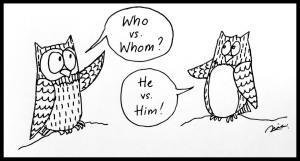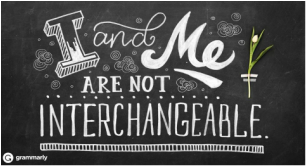It’s a difficult decision to make. You read a book by an author that has been recommended to you, the blurb sounds good, it’s the genre that you like to read, but then when you begin reading you think: meh! The characters aren’t that realistic, it’s hard to remember who is who, and you’ve read books with much more exciting and realistic (at least to an outsider) police procedurals.
The story itself isn’t bad, it’s just that you’ve read better, more gripping stuff. And you know in your heart of hearts that it isn’t one of those books you will rave about to your friends.
So, when you finish the book what do you do about the review? If you read your books on an electronic device, when you reach the end you are automatically asked to review it. Do you skip it, or do you put an honest 2 or 3-star review, which will ultimately upset the author?
This is a predicament I’ve found myself in a couple of times. If it’s an author I’m in touch with then I email them with my thoughts and don’t leave a review, but if it’s one I don’t know …
I know eBooks are a very competitive market and most people will judge an unknown book and author by the reviews that people leave. I have decided, rightly or wrongly, that it is best not to leave a poor review unless the book is really awful, as everyone has different tastes, and what might not suit me might be someone else’s favourite.
What do you do in this situation? I’d be really interested to know.
The story itself isn’t bad, it’s just that you’ve read better, more gripping stuff. And you know in your heart of hearts that it isn’t one of those books you will rave about to your friends.
So, when you finish the book what do you do about the review? If you read your books on an electronic device, when you reach the end you are automatically asked to review it. Do you skip it, or do you put an honest 2 or 3-star review, which will ultimately upset the author?
This is a predicament I’ve found myself in a couple of times. If it’s an author I’m in touch with then I email them with my thoughts and don’t leave a review, but if it’s one I don’t know …
I know eBooks are a very competitive market and most people will judge an unknown book and author by the reviews that people leave. I have decided, rightly or wrongly, that it is best not to leave a poor review unless the book is really awful, as everyone has different tastes, and what might not suit me might be someone else’s favourite.
What do you do in this situation? I’d be really interested to know.






